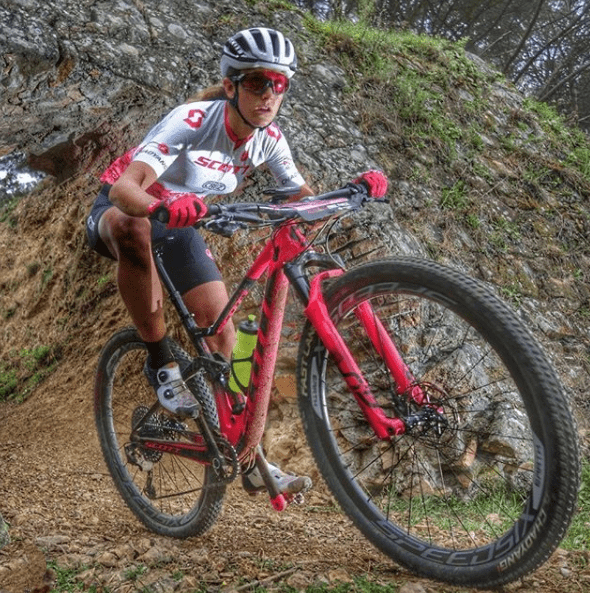Subscribe Us
Subscribe to our newsletter and receive a selection of cool articles every week
How to train resistance in MTB?

Hello my Name Is Natalia Fischer and first of all, I would like to clarify that I am not a trainer, everything that I write here is based on my experience. I recommend everyone to work with a trainer before training. In addition to carrying out a medical check-up to make sure that we are going to practice sports in a safe way. That being said... let's go to the main question: How to train resistance in MTB?
We know that resistance is one of the key points in cycling, be it road or MTB. Above all, it is of greater importance when it comes to long races, that is, races that exceed an hour and a half. In these races different factors come into play that we are going to analyze.
Step by step in our objectives of improving resistance
Before training the resistance, we have to know the date of our objective(s), so that we can make a correct planning and achieve our objectives. We can start with smaller challenges and gradually increase the difficulty. In this way we will not get frustrated if we do not achieve our first objective. I would always advise doing the first competition with the help of a training professional (I reiterate what I said in the first paragraph).
Everyone has in mind that if we want to train resistance, we are going to have to invest a lot of time, which translates into more training volume (which can help us the roller for physical preparation) and this is incompatible with the majority, since we do not have that amount of free time (work, family, etc…). There are several training models that help us improve resistance and not invest a lot of time, one of them is the polarized training.
Polarized Training
What is polarized training? As its name suggests, it refers to the extremes of the effort intensity scale, that is, it combines demanding training sessions with easy training sessions in the same week.
An example of a demanding session is what is known as series training or interval training, where the heart rate increases a lot and remains high during the rest intervals and this increases the resistance as we add intervals. , that is, we improve our Vo2max (maximal oxygen consumption) and our FTP (functional threshold power).
An ideal polarized training would be to combine 15-20% of very high intensity work, with 75-80% of low intensity work.
To consider what is low or high intensity at an amateur level, we can establish a scale of effort perception from 1 to 10, where we consider low intensity from 1-4, medium intensity from 5 to 6, and high intensity from 7 to 10. Also We can control these intensities with our heart rate, where low intensity would be 56-85%, medium intensity 86-100% and high intensity 101-120%. Although the ideal would be to do it through a lactate test.
But the key to this training is to know what high-intensity training we want to do and for what purpose, and to manage the time of rest and low- and medium-intensity training. Therefore, the importance of working together with a training professional, in order to manage fatigue and assimilate training.
So far my tips for: How to train resistance in MTB? I hope they have been useful to you... I remind you that after a training session it is vital to sports recovery and the sports presotherapy. Undoubtedly our best weapon to recover and be at 200% for the next session is the use of presotherapy. In my case, a session of about 45 minutes with program 3 of the Size 6+ and I'm like new.








